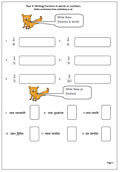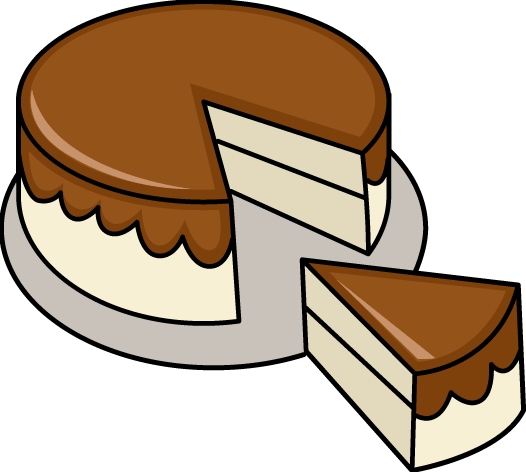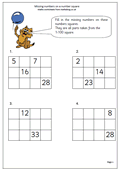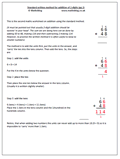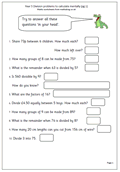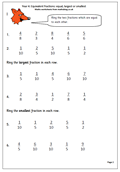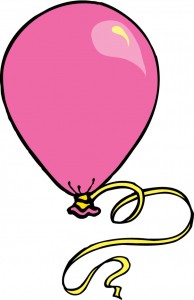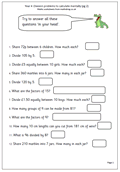 This is a follow up page to the earlier solving division problems in your head worksheet. This has a range of different ways of asking division questions which children need to be able to recognise and there are a range of methods that can be used to work out the answers mentally.
This is a follow up page to the earlier solving division problems in your head worksheet. This has a range of different ways of asking division questions which children need to be able to recognise and there are a range of methods that can be used to work out the answers mentally.
It is important the tables are known so that the facts can be used. For example if it is known that 6 x 6 = 36, then 6 x 60 can be quickly worked out as 360, and in turn 360 divided by 6 is 60.
Another useful tip is when dividing by 5 mentally it is often possible to divide by 10 and then double the answer.
Please note: Factors need to have taught before trying this page.
